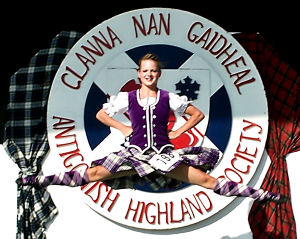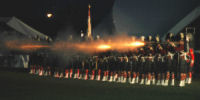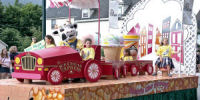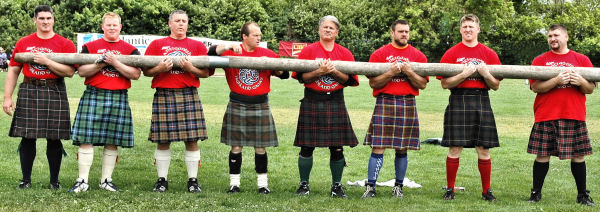Bobaslot77 merupakan situs resmi untuk permainan Slot777 yang paling gacor gampang menang. Dengan tema Highland Games, kami memiliki keunikan sendiri dalam menyediakan Slot 777 yang tidak bisa anda dapatkan pada situs manapun. Gabung dengan cara mendaftar pada link resmi Bobaslot77 untuk memainkan game Slot777 yang gampang menang dan ikuti event menarik dari kami setiap hari!
|





